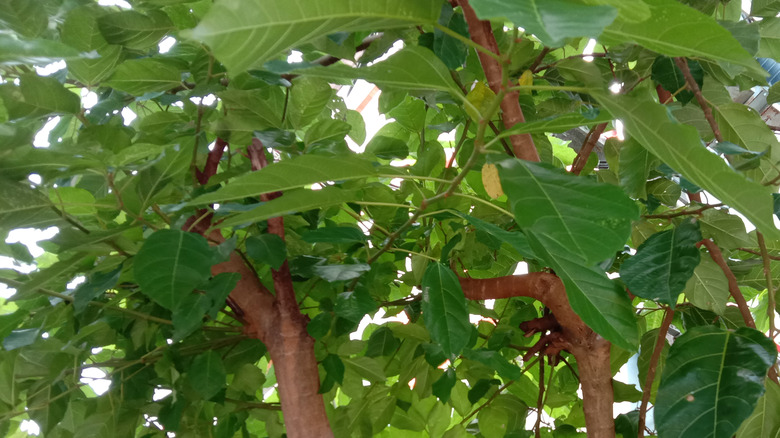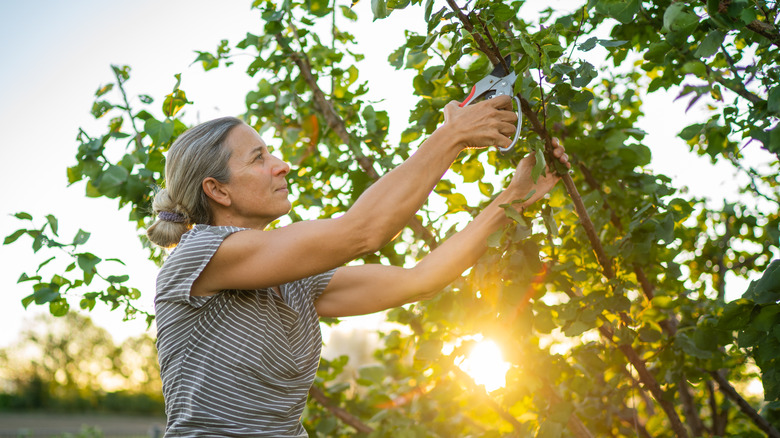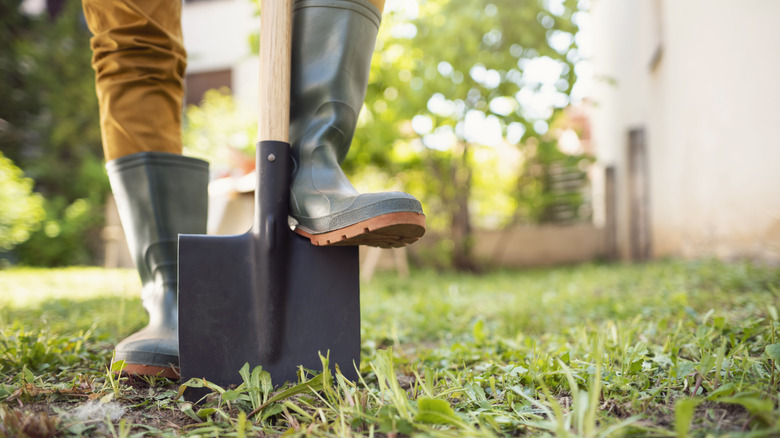What To Do When Your Trees Aren't Supplying Fruit
Growing and harvesting homegrown, fresh fruit can be highly satisfying and aesthetically pleasing. However, when fruit trees fail to bear fruits or barely manage to supply small fruits, things can soon turn disappointing, making you wonder where you went wrong. While there are several possible reasons for fruit trees failing to flower, such as pollination issues, poor pest management, and improper pruning, these are easily solvable, with some popular measures including ways to cross-pollinate and improve the trees' environment.
But before you get down to reworking your planting techniques, ensure your fruit tree is indeed in the fruit production stage, as some fruit varieties have long gestation periods. For instance, it isn't uncommon for an apple tree to need eight years before it starts supplying fruits. Another factor to look out for is climate and soil compatibility because fruit production is adversely impacted when trees are exposed to harsh weather conditions. Hence, ensuring your fruit tree is hardy to your zone and enjoys adequate sunlight is one surefire way to help it bloom.
Simple solutions to improve fruit bearing
The clue to improving productivity lies in identifying the factors inhibiting the fruit tree's growth. Generally, fruit trees suffer from poor pollination, with many, such as apples, cherries, and plums, requiring cross-pollination and others requiring a twin tree variety for better pollination. With this said, in addition to planting a compatible cultivar or pair, you should also place your fruit trees within 50 feet of other flowering plants to enable them to benefit from the added pollinator action of honeybees, butterflies, and birds. Special care must be taken not to spray insecticides during fruit-bearing times.
Excessive vigor caused by over-fertilization or over-pruning is another cause of poor fruit supply. Given that fruit-bearing trees exhibit 12-18 inches of growth yearly, any higher growth rates can be attributed to disproportionate nitrogen intake, which can be mitigated by reducing fertilizer application. Conversely, poor pruning practices promote foliage growth at the fruit's expense. Instead, only targeting dead wood and diseased branches will help improve tree structure and reduce the scope for pest diseases, improving fruit supply. A general rule of thumb is to prune 20% to 30% of a fruit tree annually, with under-pruning likely to cause fruit drops, which can decimate trees like cherries.
Last-resort solutions to promote fruit supply
If none of the above measures seems to work for your fruit trees, fail-safe solutions like root pruning and scoring can be undertaken. Root pruning involves the trimming of the tree's roots, especially feeder roots, to force it to bear fruit in the forthcoming season. It's carried out by pushing a spade head forward into the tree's soil around its drip line, which is the area supporting the tips of tree branches, and repeating the process every other foot to create a circle around the fruit tree.
Scoring is another drastic solution to fuel the fruit productivity of fruitless trees. It entails cutting the tree's trunk halfway through with a linoleum knife around its lowest branches. It's followed by another half cut in the opposite direction, several inches above the original cut, avoiding any scope for interconnectivity lest it causes phloem tissue damage. While the scores will eventually heal, they'll be preceded by a higher flower-bearing and fruit supply.


